The volcano is erupting, lava is flowing from its crater, and the vegetation will soon burn. Let us have fun with the following free volcano coloring pages below.
You can color these volcano pictures in brown, the smoke in shades of gray, the lava in orange and red. The vegetation is dark green.
Printable Volcano Coloring Pages
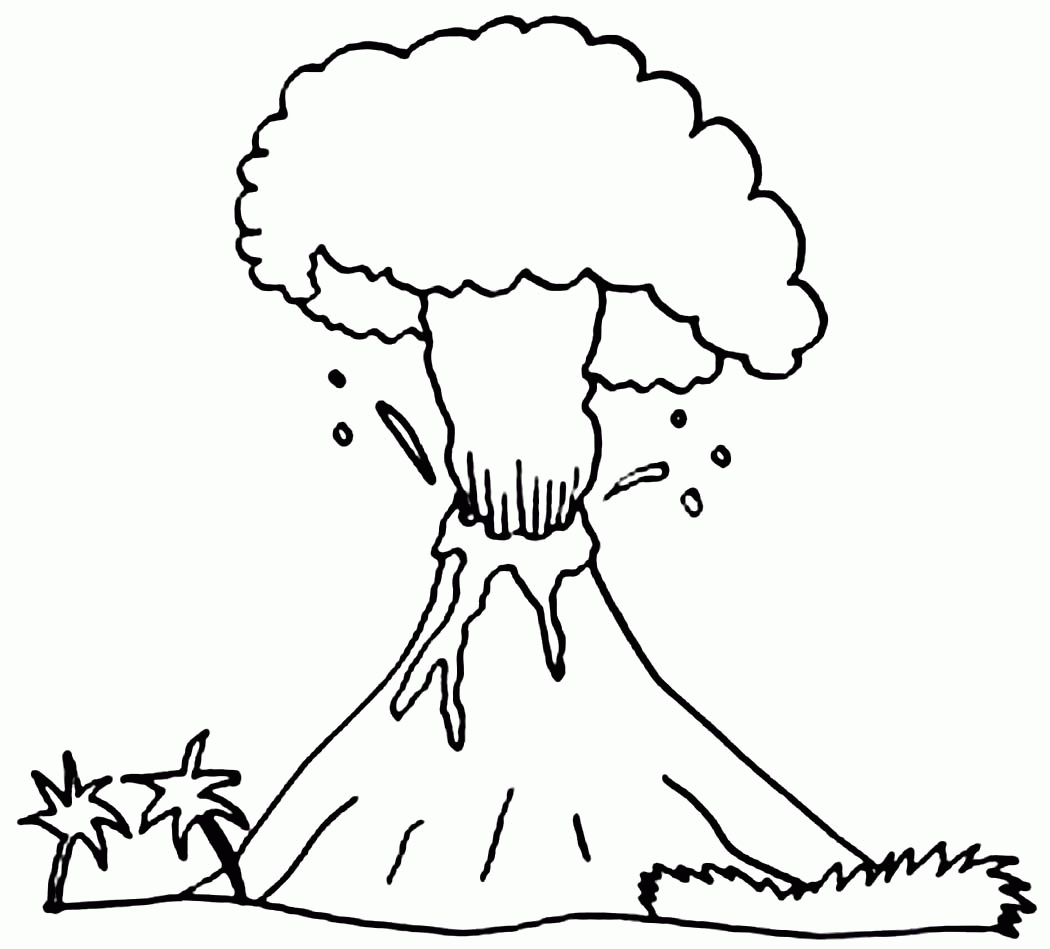
coloring pages volcano 
dinosaur coloring book pages volcano 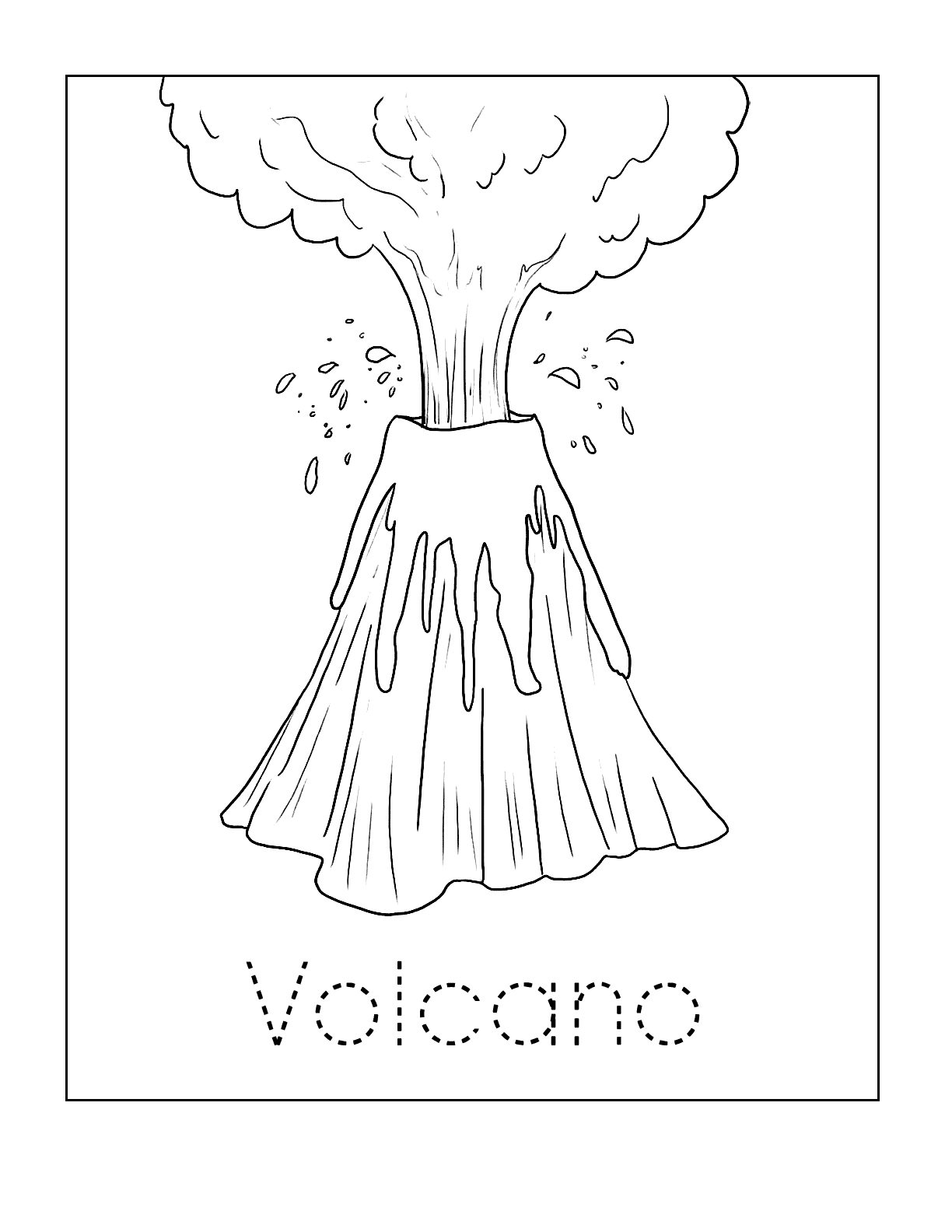
free volcano coloring pages 
printable volcano coloring pages 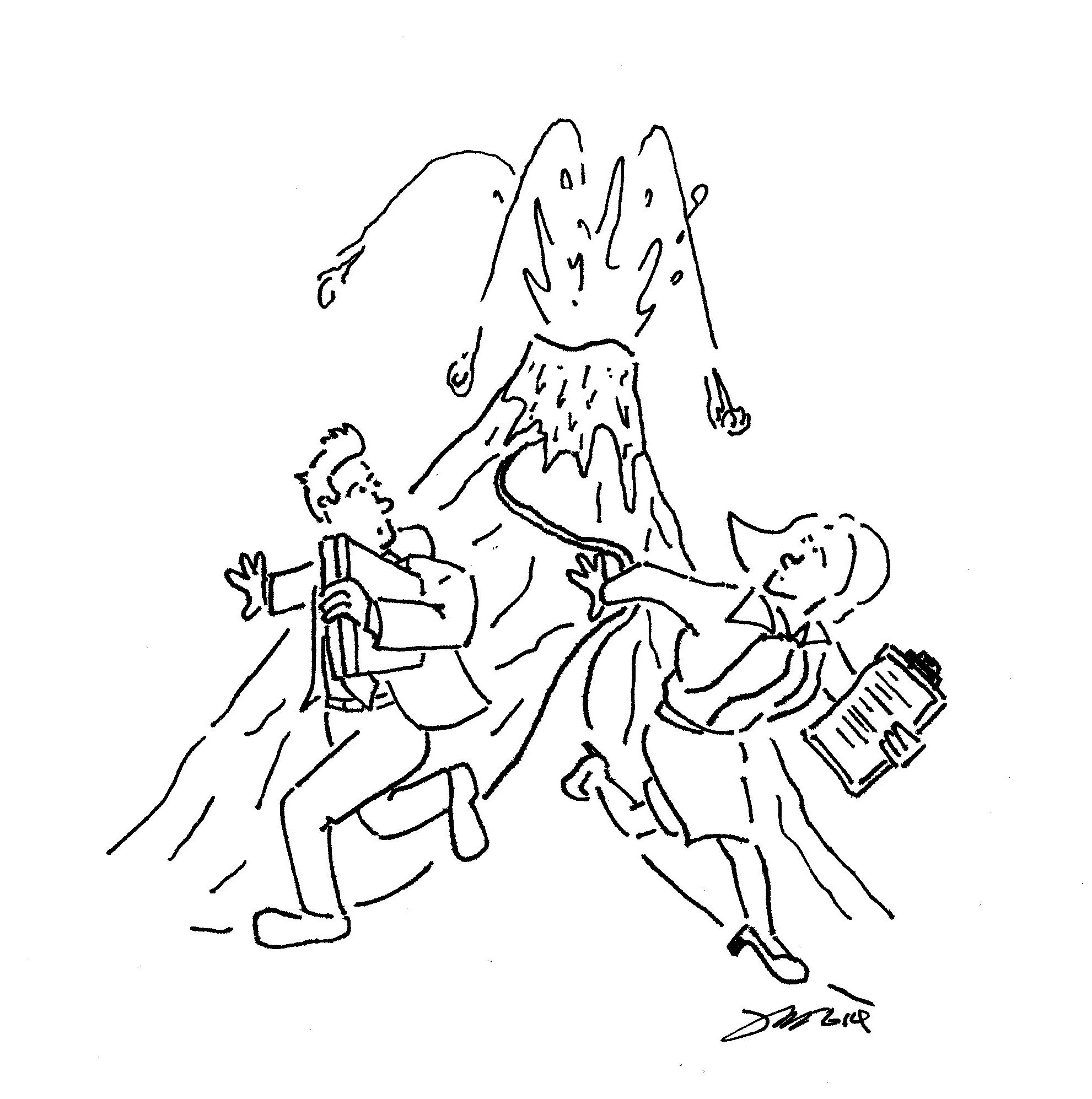
shield volcano coloring pages 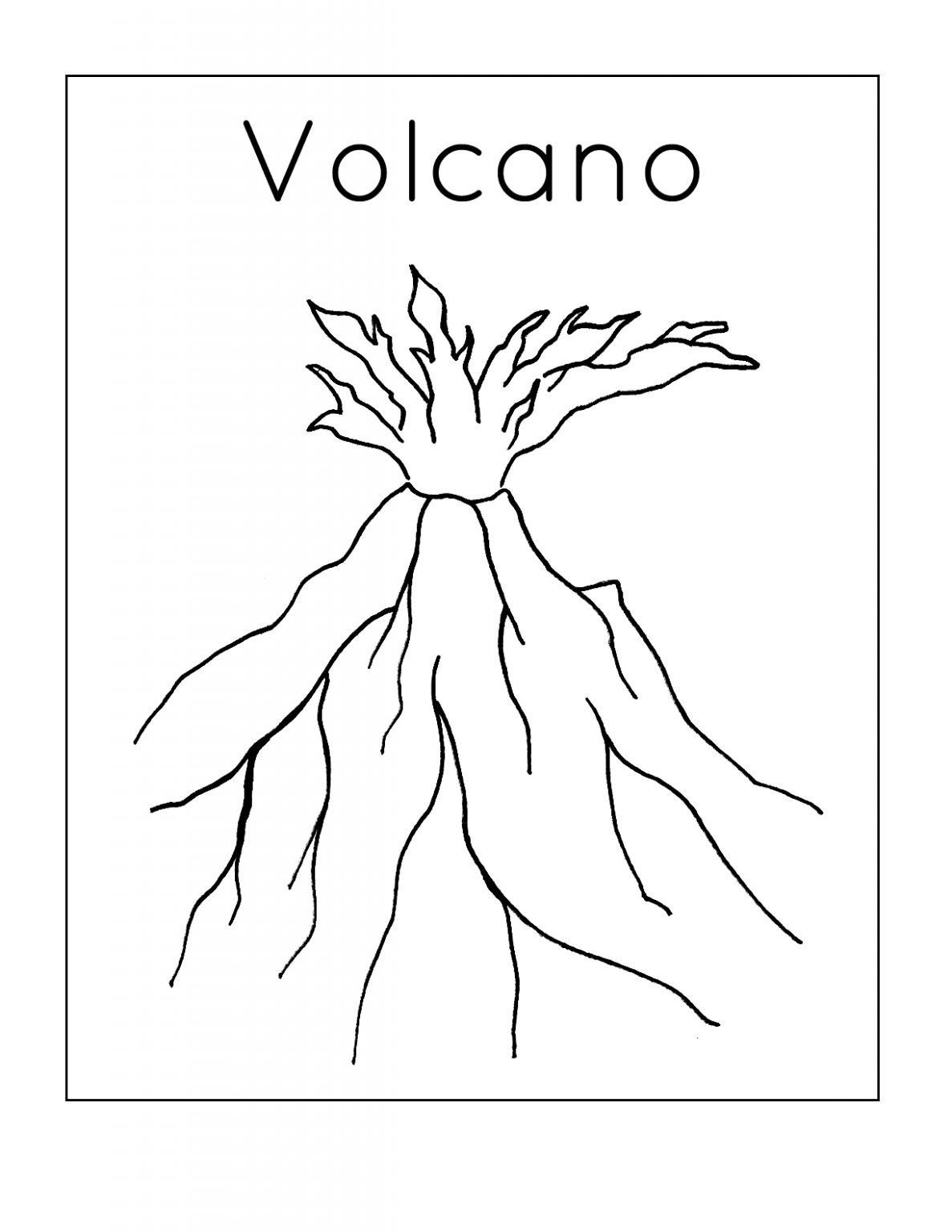
trees mountain volcano coloring pages 
volcano coloring pages to print 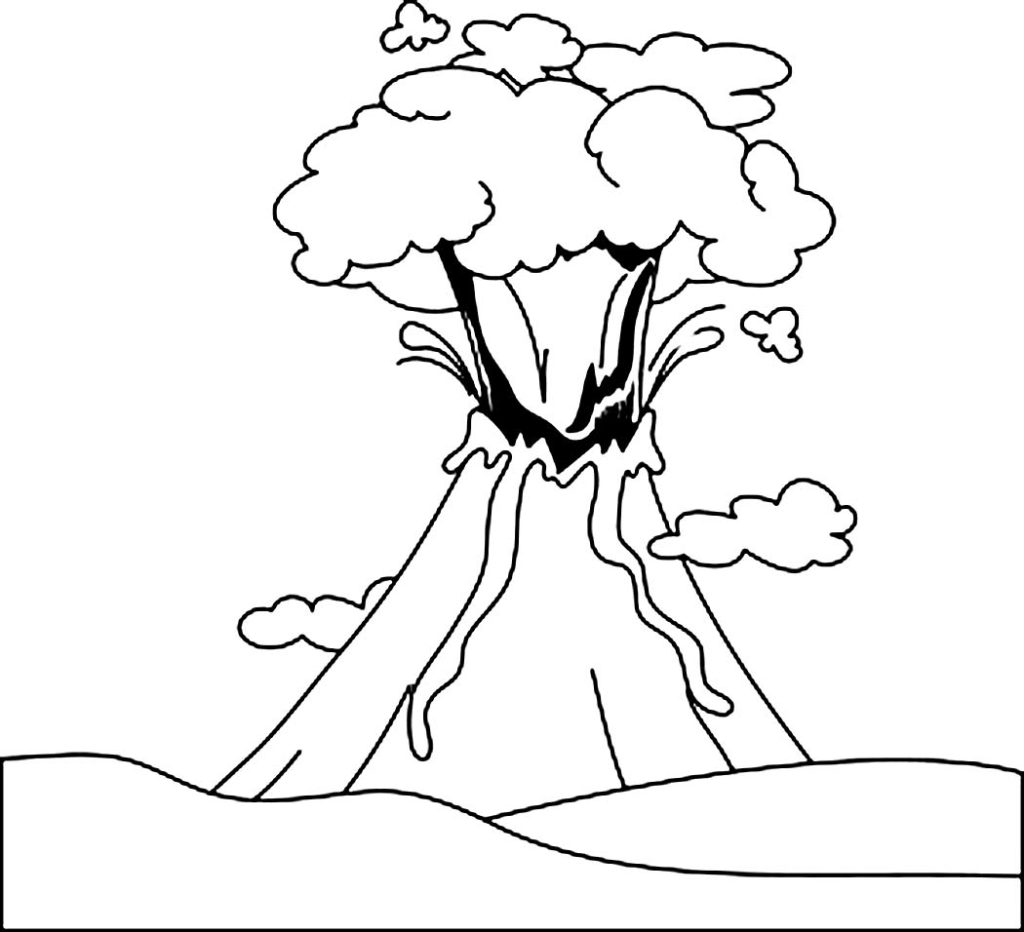
volcano coloring pages with labels 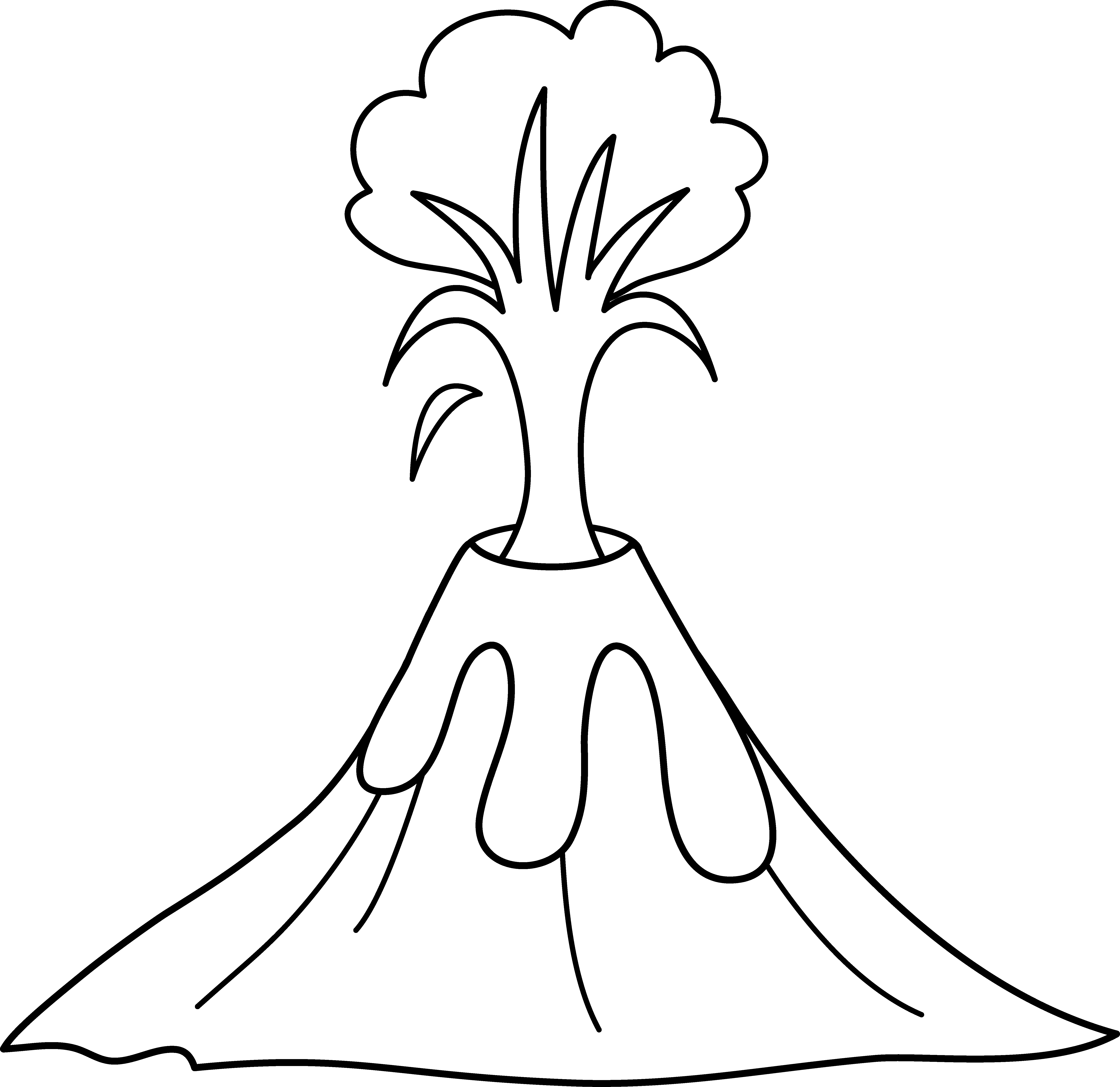
volcano coloring pages 
volcano diagram coloring pages 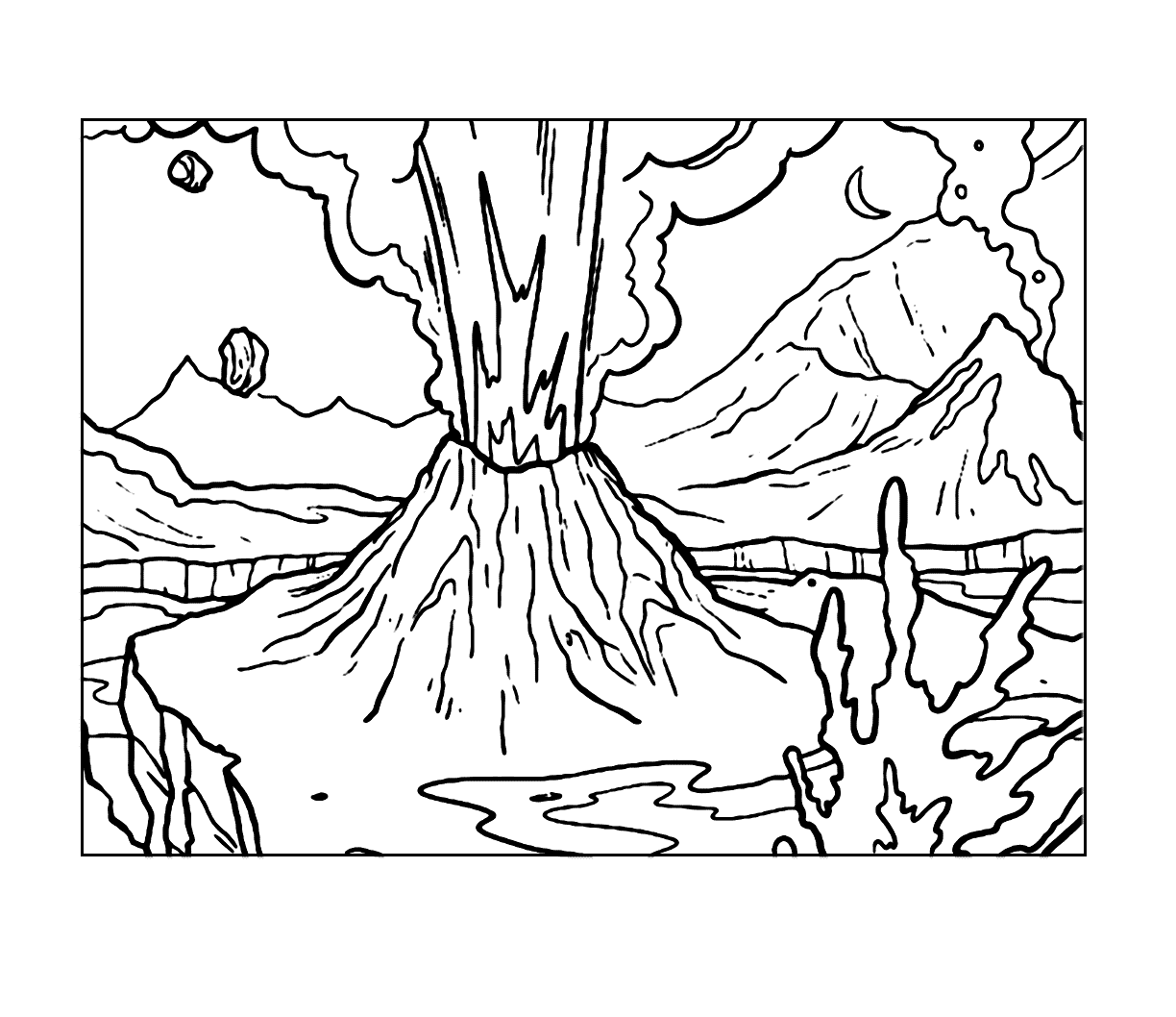
volcano eruption coloring pages 
volcano printable coloring pages 
coloring pages volcano cut parther
A volcano is an opening in the earth’s crust through lava, volcanic ash, and gases escape. Volcanic eruptions are caused in part by the pressure of dissolved gases. Much the same way carbon dioxide pops the cork off a bottle of champagne.
Underneath a volcano, liquid magma containing dissolved gases rises through cracks in the earth’s crust. As the magma rises, the pressure drops, allowing the gases to form bubbles.
The behavior of magma (lava) when it reaches the surface, depends on both its gas content and its chemical composition.
Lavas containing low silica concentrations have low viscosity and flow freely, allowing gas bubbles to escape quickly.
In contrast, lavas with high silica content are more viscous (resistant to flow), so trapped gases cannot gradually escape.
Low viscosity (liquid) lava, such as basalt that contains large amounts of gas, forms fountains of lava that spurt dramatically in large drops that solidify on contact with the ground.
Smaller lava-fountain eruptions produce scoria cones (such as Eve Cone in northern British Columbia).
However, when the liquid lava contains less gas, it escapes from the volcano as a lava spout.
When eruptions in lava fountains and flows occur regularly over a long period, they form gently sloping shield volcanoes, such as Anahim Peak in central British Columbia and the volcanoes of the Hawaiian Islands.
Andesitic, dacitic, and rhyolitic lavas contain progressively higher silica contents and are more viscous so that gases cannot gradually escape.
If high-silica lavas contain little trapped gas, they may flow slowly to the surface, accumulating to form steep-sided lava domes.
When lava with high silica content contains many trapped gases, the pressure increases and triggers explosive eruptions that produce volcanic ash.
Some volcanoes have both explosive and non-explosive activity and alternate between explosive eruptions and periods of dome-like buildup to form stratovolcanoes such as Mount St. Helens and Mount Garibaldi.